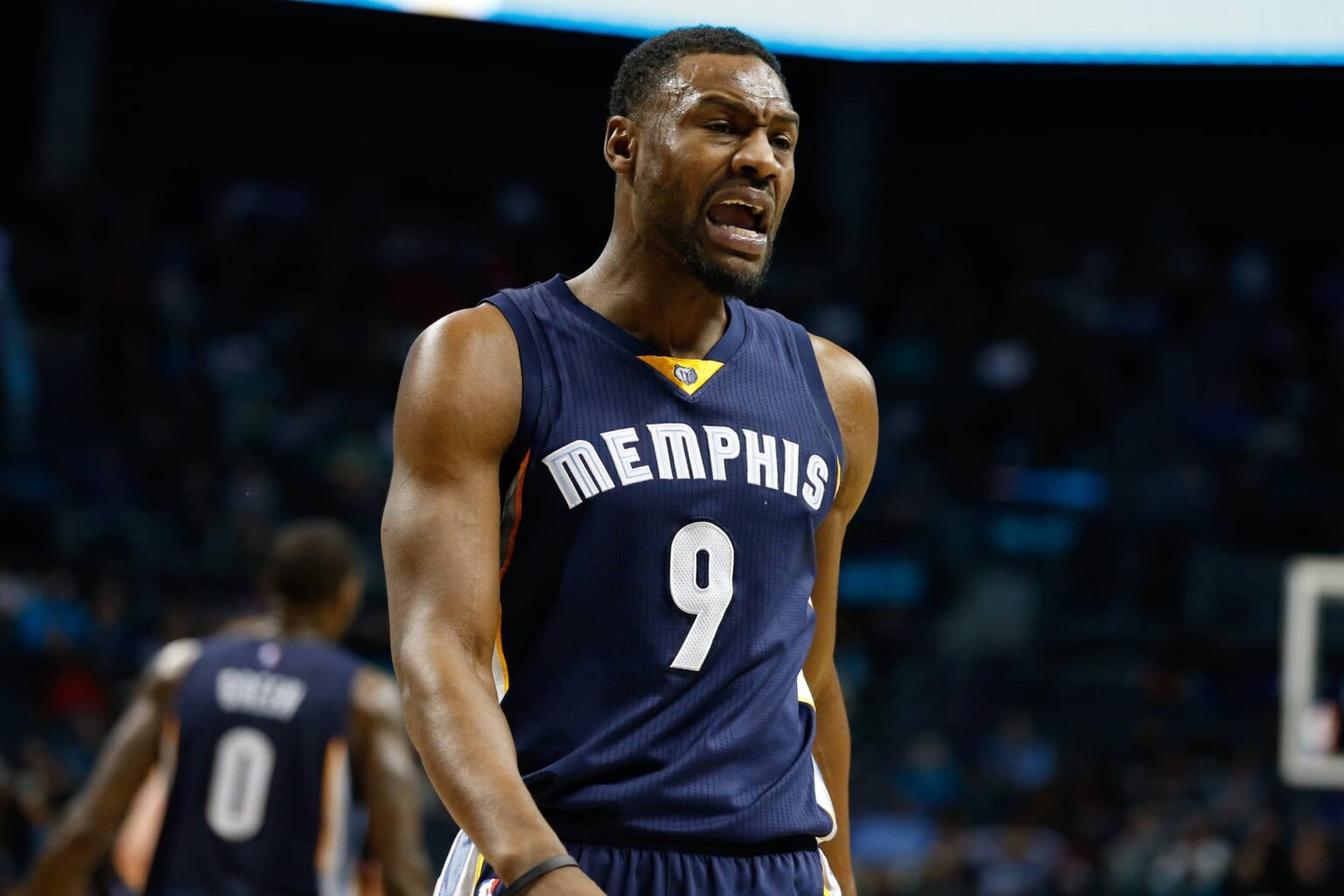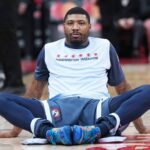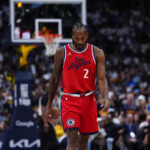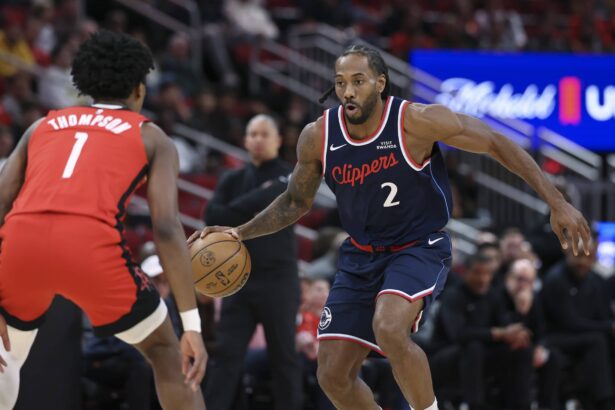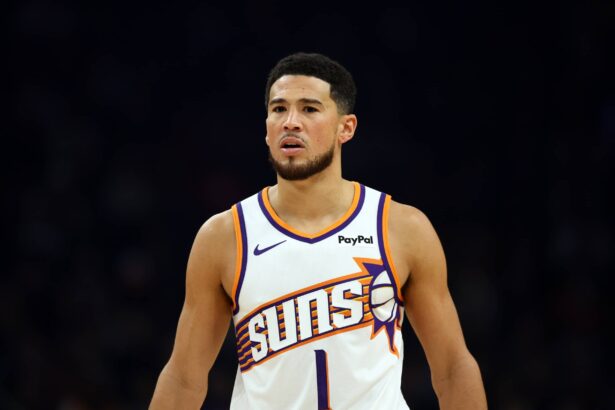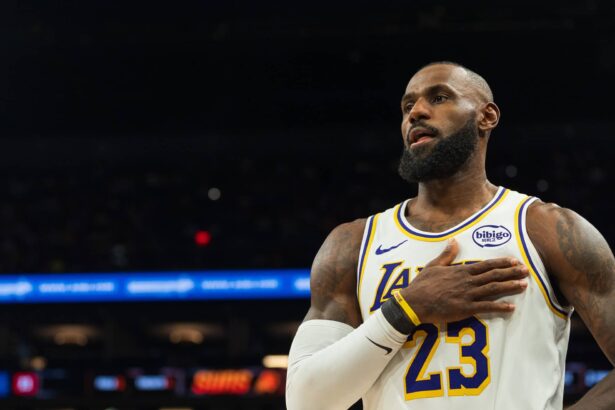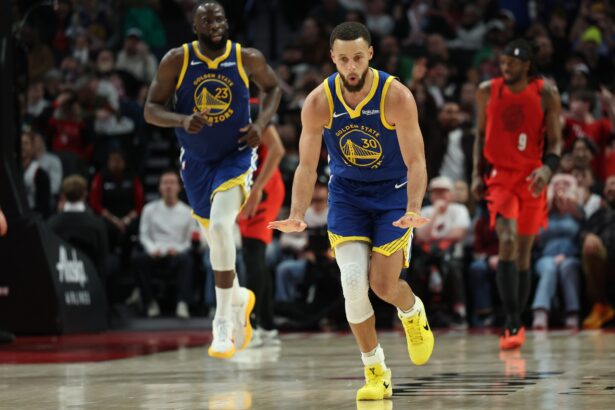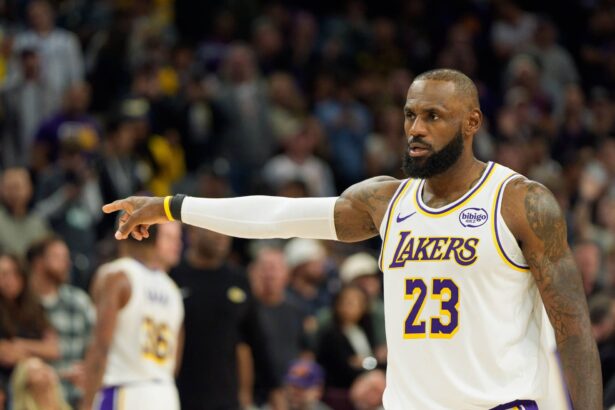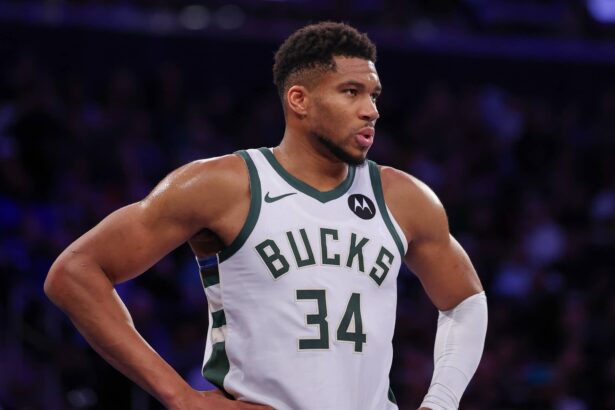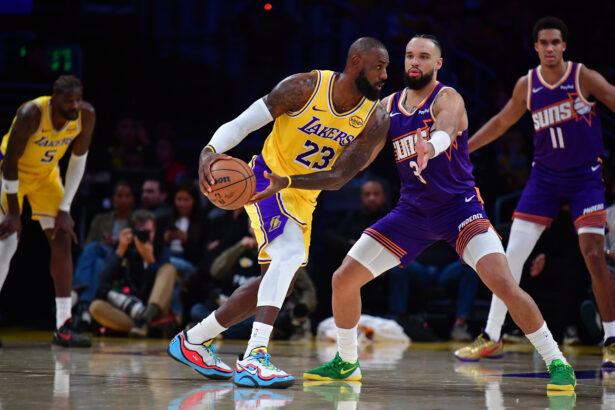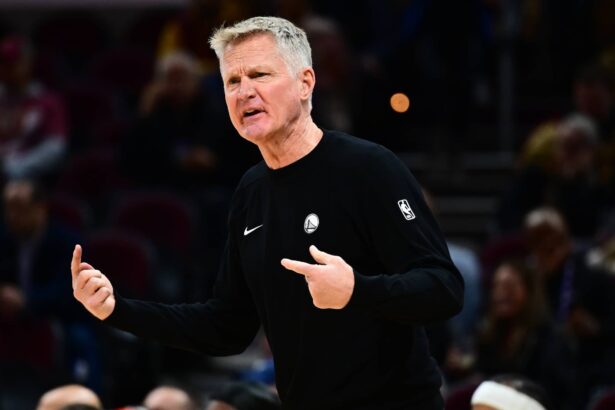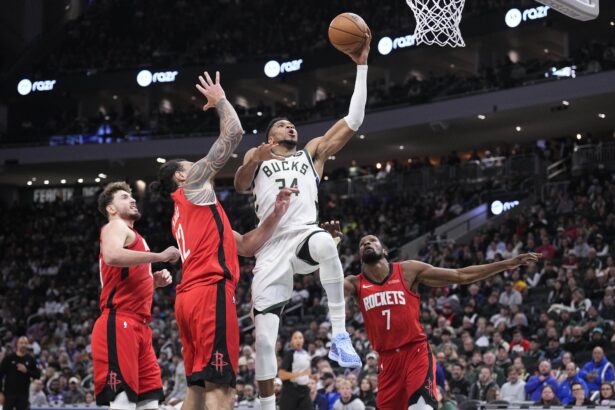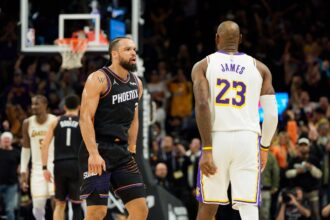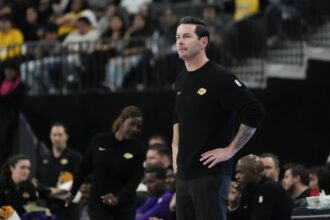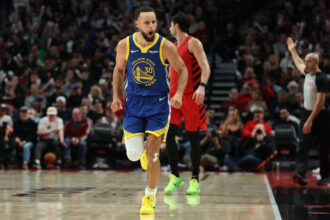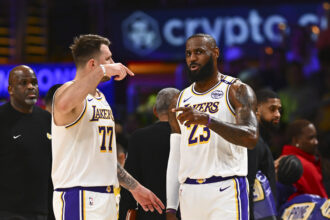Tony Allen built his NBA reputation on defense. Nicknamed the “Grindfather” during his years with the Memphis Grizzlies, Allen made a career out of hounding scorers, fighting through screens, and refusing to give an inch. So it’s no surprise that he isn’t impressed with how defenses look in today’s NBA.
Speaking on the No Limit podcast, Allen didn’t hold back when discussing how modern schemes rely heavily on drop coverage, what he calls “sag action.”
“It have been hard for me simply because I don’t like how they play pick and roll. That sag action, to me, I thought that was a lazy way of playing defense.”
“For me, a guy that’s fighting over a screen, if I ain’t got just somebody to show for me a little second where I could fight through, I think that’ll hurt me. And guys who just taking over the mid-range game in today’s game, bro, they gonna have a field day with you.”
Allen’s criticism boils down to one thing: effort. In his era, defense was about multiple efforts on a single possession, helping, recovering, rotating, and scrapping until the shot clock expired.
“You remember, these the shows, get back to your man. But what that forces is the multiple efforts. I think now we losing multiple efforts in the game right now. It’s like one or two actions and you get,” Allen said. “I think we struggling, though, because we was brought up on, you know, help the helper, tag on the weak side, send them baseline, low…”
Allen isn’t wrong about drop coverage being everywhere in today’s NBA. It’s the preferred way most teams defend ball screens, keeping big men near the rim to deter layups while conceding mid-range jumpers. Statistically, it can be effective, forcing teams to take lower-value shots instead of threes or attempts at the rim.
But Allen’s point highlights the trade-off. The league is filled with elite playmakers and scorers who thrive in that in-between area.
Guards like Jalen Brunson, Tyrese Maxey, and Shai Gilgeous-Alexander carve up drop coverage with floaters and pull-ups. Big wings like Kevin Durant and Kawhi Leonard have made careers off punishing defenses that give them clean looks from mid-range.
Part of the difference is the evolution of offensive skill. When Allen was locking up scorers in the 2000s and early 2010s, fewer players could punish you from 28 feet or bend defenses with cross-court passes.
Defenders could sag, help, and recover without getting burned as often. Today, every rotation has to be razor sharp, because spacing and shooting are at an all-time high.
That’s why Allen’s plea for “multiple efforts” rings true but also feels tougher to execute now. Helping the helper is still important, but modern offenses force defenders into impossible choices more quickly.
Allen’s words also serve as a reminder of how much the NBA has shifted. His identity was rooted in making extra efforts, taking pride in denying stars, and playing defense as if every possession could swing a game.
While today’s analytics-driven coverages have merit, they lack the grit and relentlessness that Allen believes is disappearing from the league.
For him, the issue isn’t just X’s and O’s, it’s pride. And whether or not teams agree with his critique, Allen’s voice carries weight because he lived by the defensive code he says is now fading.

